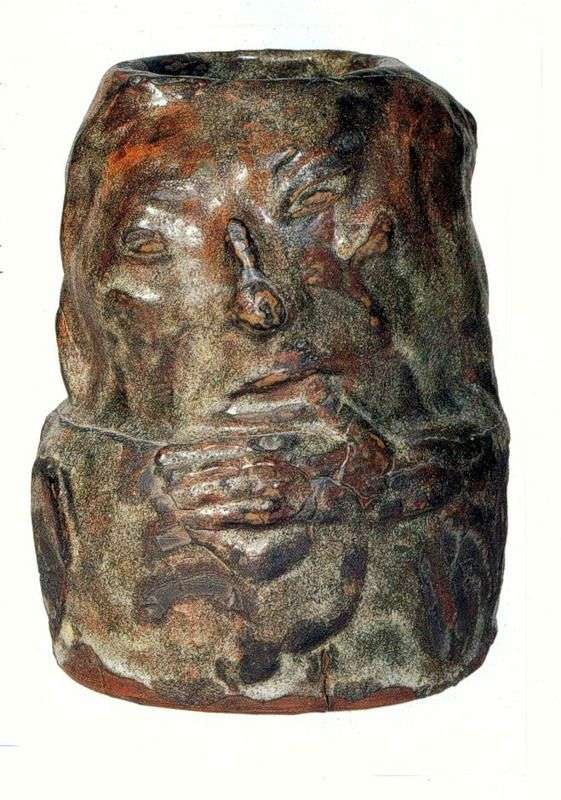
Working in collaboration with one of the leading ceramics masters, Ernest Chapelle, Gauguin decorated the ceramic vase with Breton scenes anticipating his late, synthetic style. Soon, in the same technique, the artist created two powerful images expressing suffering and anguish. Both works – a snuffbox and a jug – were made in the form of a skewed artist suffering from pain.
“Ceramics,” the artist said, “conveys a sense of fire, and so the sculpted figure is writhing in a hellfire, and I think that this makes the figure more expressive.” The jug, most likely, conveys the impression of Gauguin from the public guillotine he saw in Paris.
The technique of Gauguin is unusual. He preferred to sculpt clay with his hands, without using the potter’s wheel at the same time. As a result, the sculpture looks rougher and more primitive. According to some acquaintances of the artist, he valued ceramics works no less than his canvases. Gauguin even bequeathed a copy of Owiri, one of his ceramic sculptures, adorned his grave.
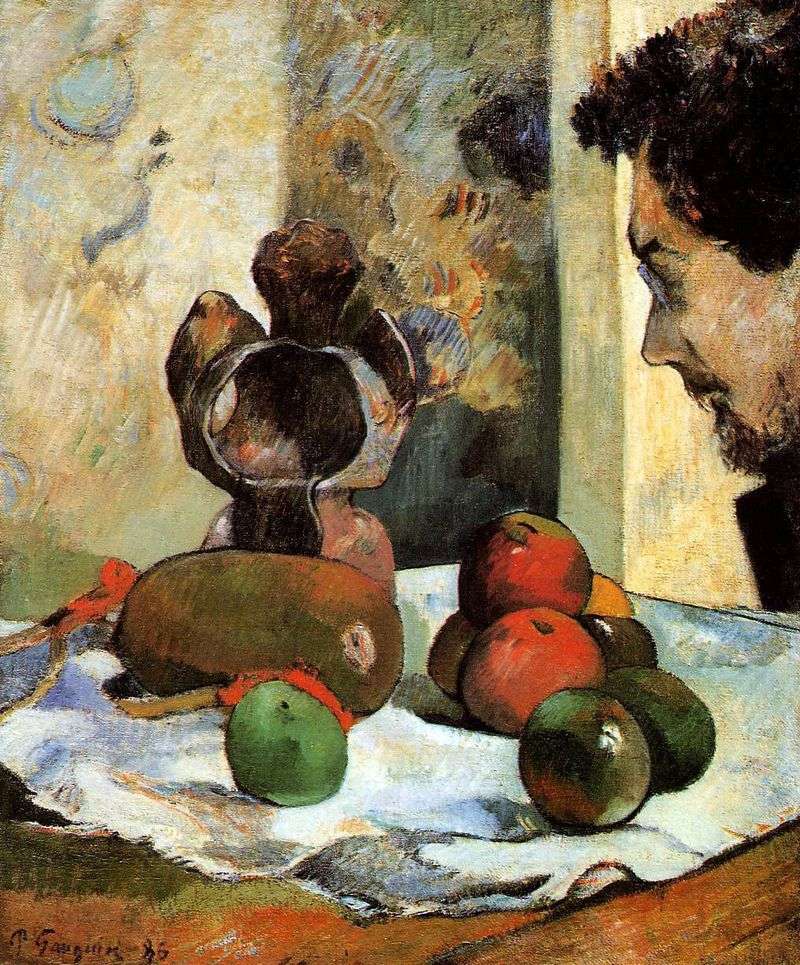 Still Life with Charles Laval’s Profile by Paul Gauguin
Still Life with Charles Laval’s Profile by Paul Gauguin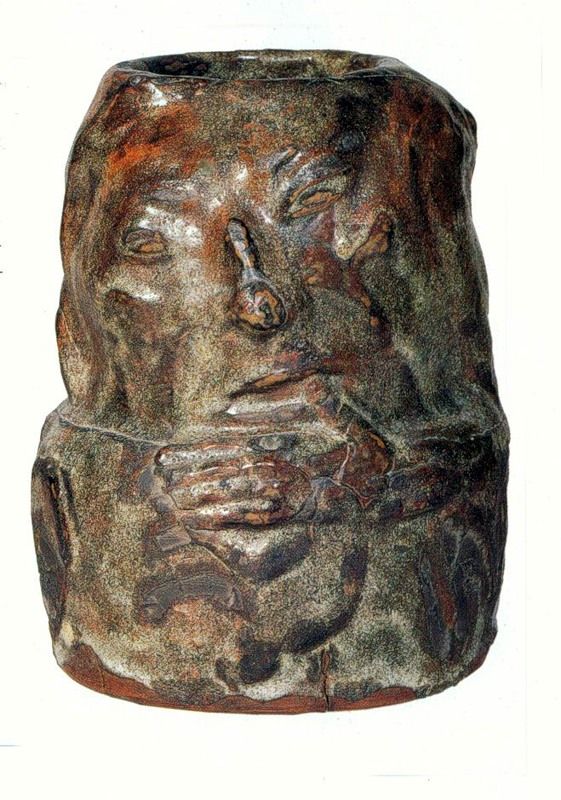 Céramique – Paul Gauguin
Céramique – Paul Gauguin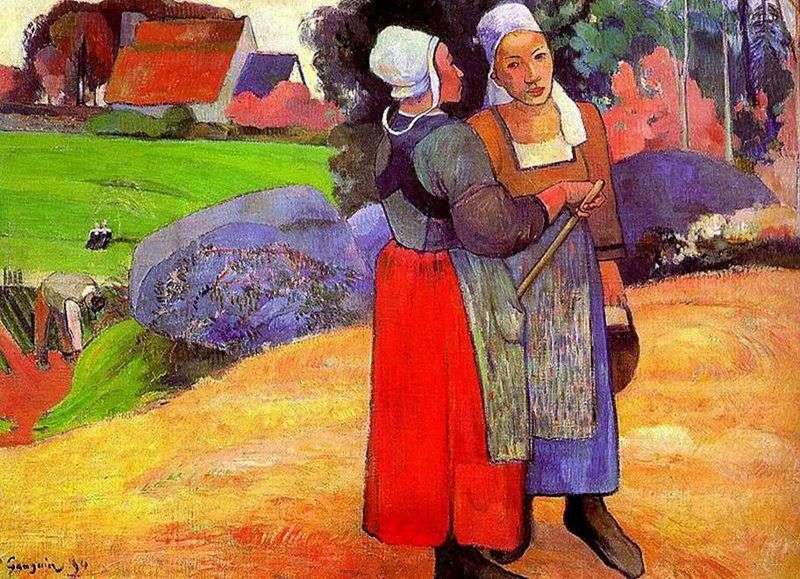 Breton peasant women by Paul Gauguin
Breton peasant women by Paul Gauguin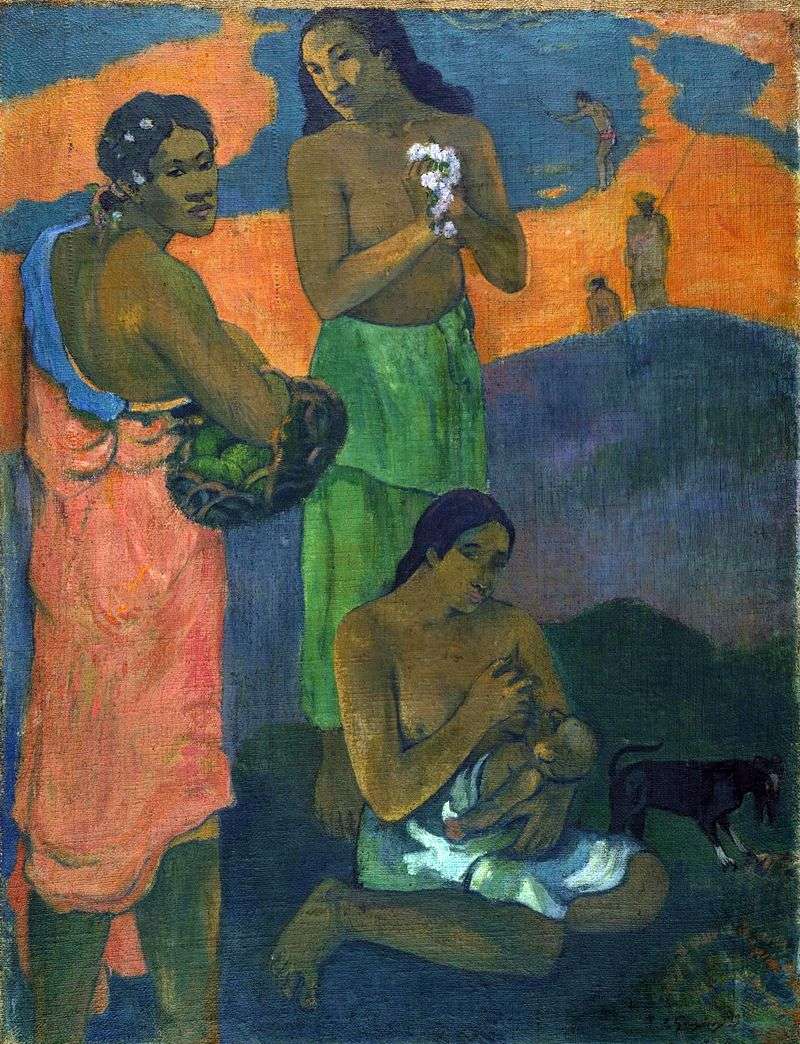 Women on the beach (Motherhood) by Paul Gauguin
Women on the beach (Motherhood) by Paul Gauguin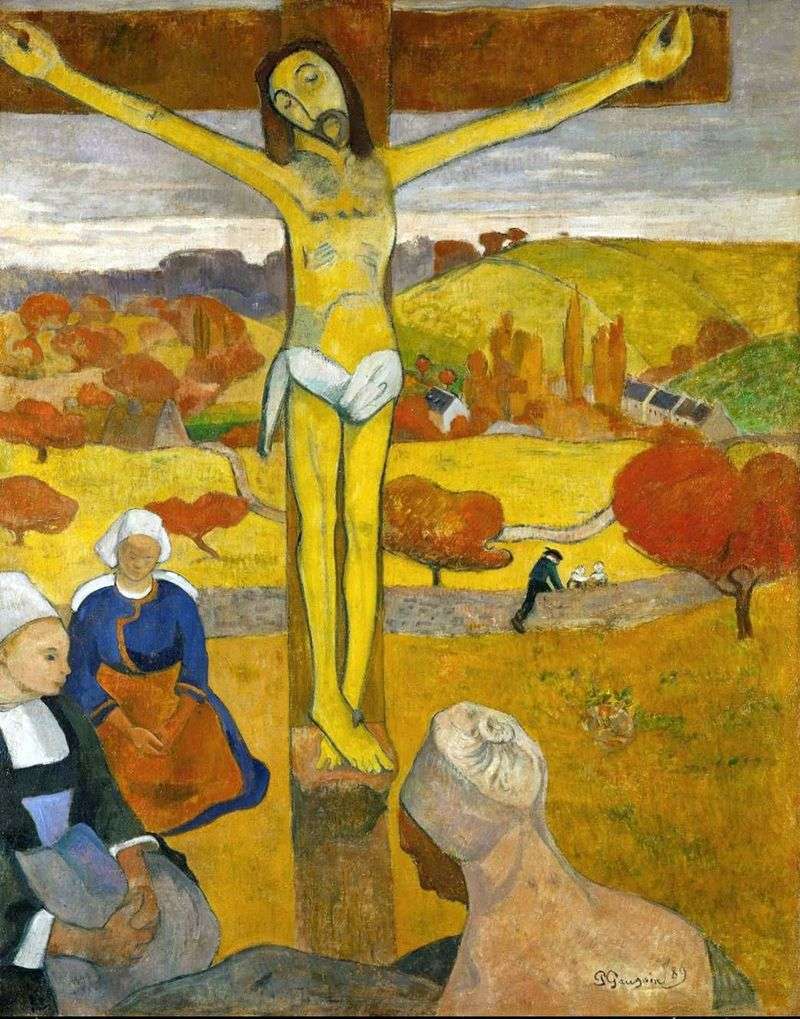 Yellow Christ by Paul Gauguin
Yellow Christ by Paul Gauguin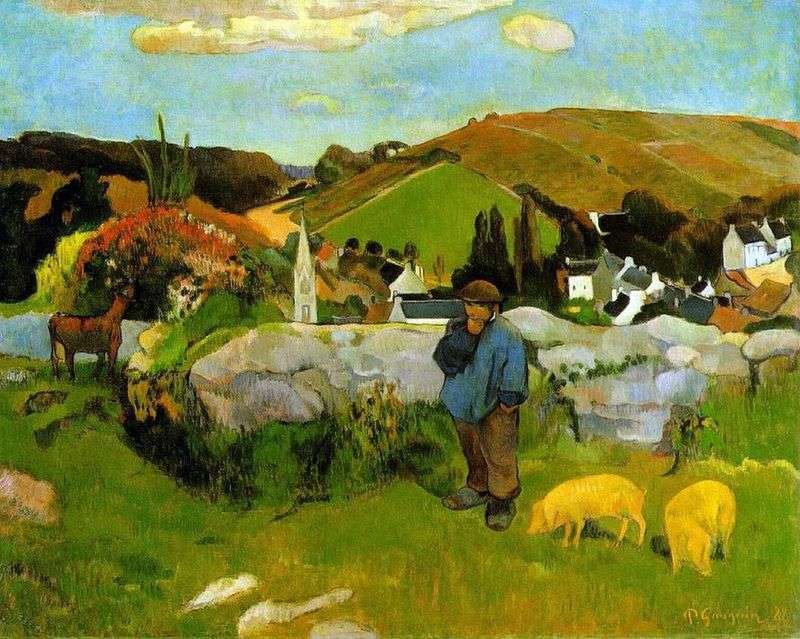 Pork herd, Brittany by Paul Gauguin
Pork herd, Brittany by Paul Gauguin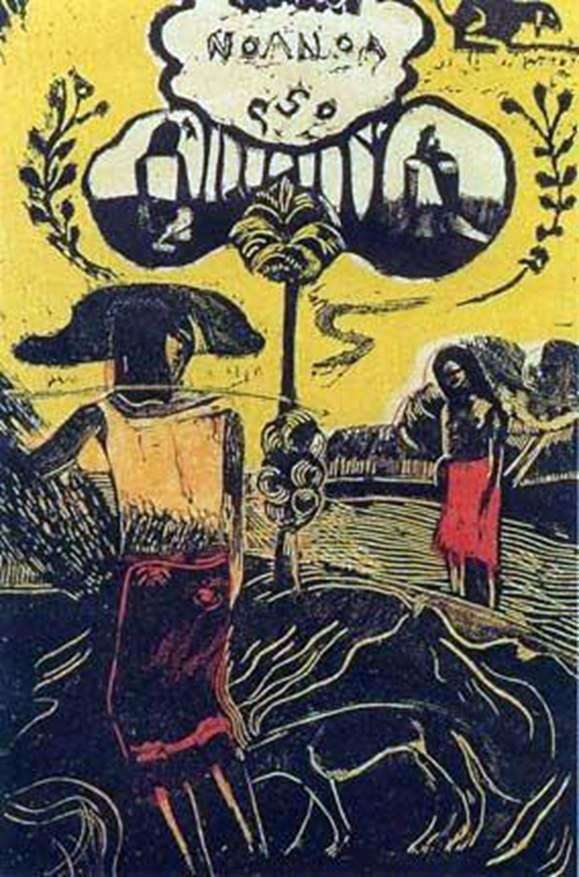 Engravings by Paul Gauguin
Engravings by Paul Gauguin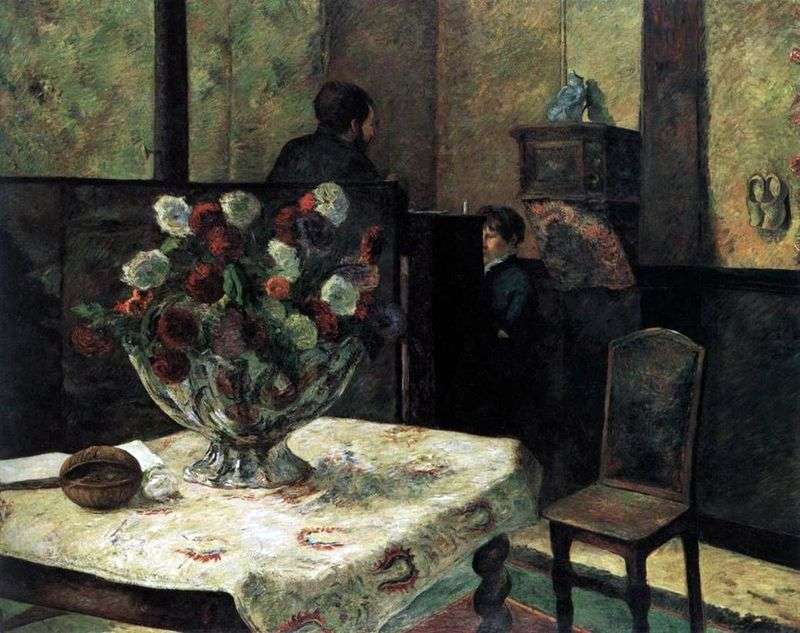 Interior of the artist’s house at the rue Karlsel by Paul Gauguin
Interior of the artist’s house at the rue Karlsel by Paul Gauguin